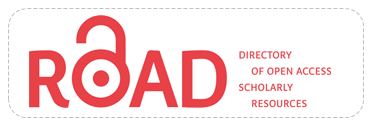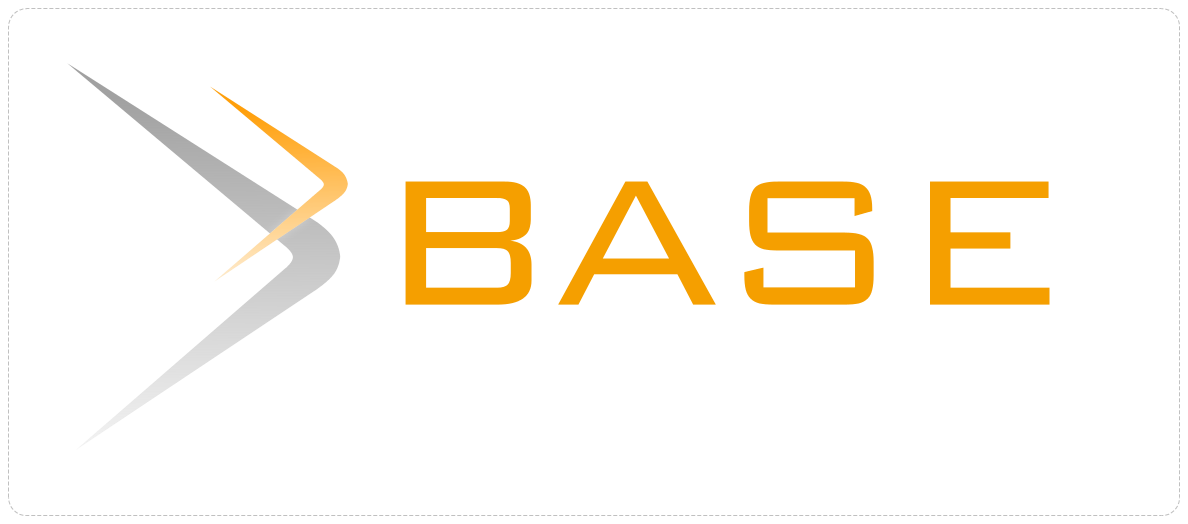PERSPEKTIF PESERTA DIDIK TENTANG KEDAMAIAN DAN RESOLUSI KONFLIK DI SEKOLAH
Abstract
Keywords: Peace, School , conflict resolution , cognitive style
Keywords
Full Text:
PDFReferences
Berger, R., Benatov, J., Abu-Raiya, H., Tadmor, C. T. (In Press). Reducing prejudice and promoting positive intergroup attitudes among elementary-school children in the context of the Israeli–Palestinian conflict. Journal of School Psychology xxx (2016) xxx–xxx
Buckner, Kermit G. & Richard A. Flanary (1996). Protecting Your School and Students: The Safe Schools Handbook. North Dakota State Univ Lib
Cross D., et al. (2011). National Safe Schools Framework: Policy and practice to reduce bullying in Australian schools. International Journal of Behavioral Development 35(5) 398–404
Syrjäläinen, et al. (2015). Safe School Day According to the Young. Journal Young 23(1) 59–75
Galtung, J. (1967). Theories of peace: A synthetic approach to peace thinking. Oslo: International Peace Research Institute.
Honkasilta, J. , Vehkakoski, T., Vehmas, S. (2016). The teacher almost made me cry’ Narrative analysis of teachers' reactive classroom management strategies as reported by students diagnosed with ADHD. Teaching and Teacher Education. 55 (2016) 100-109
Joseph, J. (2012). How the schooling environment shapes the consciousness of scholars towards peace and war. Procedia - Social and Behavioral Sciences 55 ( 2012 ) 697-706.
Kartadinata, S. (2014). Pendidikan kedamaian dan pendidikan untuk kedamaian. Bandung: UPI Press.
Kartadinata, S., Affandi, I., Wahyudin, D., & Ruyadi, Y. (2015). Pendidikan kedamaian. Bandung: Rosda.
Katsos, J. E. & Fort, T. L (In Press). Leadership in the promotion of peace: Interviews with the 2015 Business for Peace honorees. Business Horizons (2016) xxx, xxx—xxx
Kim, M. (2012). World peace through intercultural research: From a research culture of war to a research culture of peace. International Journal of Intercultural Relations 36 (2012) 3– 1
Kirton, M. J. (2003). Adaption-innovation: In the context of diversity and change. New York: Routledge.
Kolk, A. & Lenfant, F. (In Press). Hybrid business models for peace and reconciliation. Business Horizons. (2016) xxx, xxx—xxx
Laliberte, N. (In Press). ‘Peace begins at home’: Geographic imaginaries of violence and peacebuilding in northern Uganda. Political Geography xx (2016) xx–xx.
McLeod, J. A (2014). Peaceful pedagogy: Teaching human rights across the curriculum. Procedia - Social and Behavioral Sciences 152 ( 2014 ) 1225 – 123
McLernon, F.& Chairn, E. (2006). Children’s attitudes to war and peace: When a peace agreement means war. International Journal of Behavioral Development, 30 (3), 272–279
Mendoza, G., Valenzuela, B., & Guillen, M. (2013). Peace project from transdisciplinary dimension. Procedia - Social and Behavioral Sciences 106 ( 2013 ) 2022 – 2027
Min-Sun KimHonkasilta, J., Vehkakoski, T. , Vehmas, S. (2016) ‘The teacher almost made me cry’ Narrative analysis of teachers' reactive classroom management strategies as reported by students diagnosed with ADHD. Teaching and Teacher Education 55 (2016) 100-109.
Navaro-Castro, L. & Nario-Galace, J. (2008). Peace education: A pathway to a culture of peace. Quezon City: Center for Peace Education, Miriam College.
Reardon, B. A. (1988). Comprehensive peace education. New York. Teacher College. Columbia University.
Reardon, B. A. (1993). Women and peace: Feminist visions of global security. Albany: University of New York Press.
Rettberg, A. (In Press). Need, creed, and greed: Understanding why business leaders focus on issues of peace. Business Horizons (2016) xxx, xxx—xxx
Taheri, M. A. & Deghan, M. (2014). Definition of peace and it different types of approach by Halqeh mysticism. Procedia - Social and Behavioral Sciences 114 ( 2014 ) 56-61.
Tosuna, O. (2014). Anger Management of Students for a Peaceful School Environment: The Group Studies. Procedia - Social and Behavioral Sciences 159 ( 2014 ) 686 – 690
DOI: https://doi.org/10.17509/pedagogia.v14i2.3884
Refbacks
- There are currently no refbacks.
INDEXED BY

This work is licensed under a Creative Commons Attribution-ShareAlike 4.0 International License















